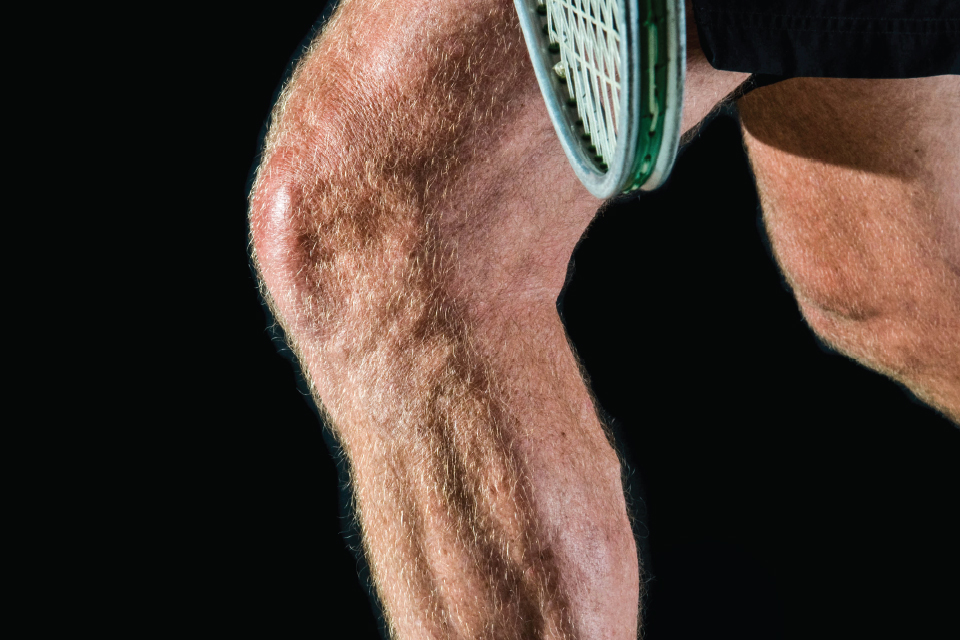The Knee

Most Common Injury:
ACL Tear or Sprain
Athletes participating in high-impact activity are particularly subject to this knee injury. Quick changes in direction or an incorrect landing can cause the ACL to become damaged or torn. Because it is connected to many other parts of the knee, ACL damage often comes along with injuries to other areas.
Can I break my kneecap?
Yep, usually from a fall or a direct blow, such as experienced in a car accident. Men are two times more likely to fracture their patella.
While running places more stress on the knee per footfall, walking has more footfalls at less stress over the same measured distance. A study led by Ross Miller (kinesiology, University of Maryland) found that, as a result, “running and walking are essentially indistinguishable,” in terms of the load involved and wear and tear they may inflict on knees.
Tendons vs. Cartilage
Tendons are the elastic tissue that connects the surrounding muscles to the bones and help stabilize the knee.
There are several types of cartilage. Articular cartilage separates the ends of bones. This smooth, white, connective tissue protects the bones as they move in the joint. The medial meniscus and lateral meniscus, two other types of cartilage, are in the center of the knee and absorb shock.
What’s in My Knee?
The knee is your body’s largest joint and is made up of many parts: ligaments, bones, cartilages, tendons, and a joint capsule. The tibia (shin bone), patella (kneecap), femur (thigh bone), and fibula (calf bone) work together like components in a hinge, connected by ligaments that also function to give strength and stability to the knee. Once these ligaments are overworked and stretched, they tend to stay stretched, and this can weaken the knee—or, if stretched too far, cause the ligament to snap.
Alphabet Soup
MCL=medial collateral ligament
LCL=lateral collateral ligament
PCL=posterior cruciate ligament
ACL=anterior cruciate ligament






